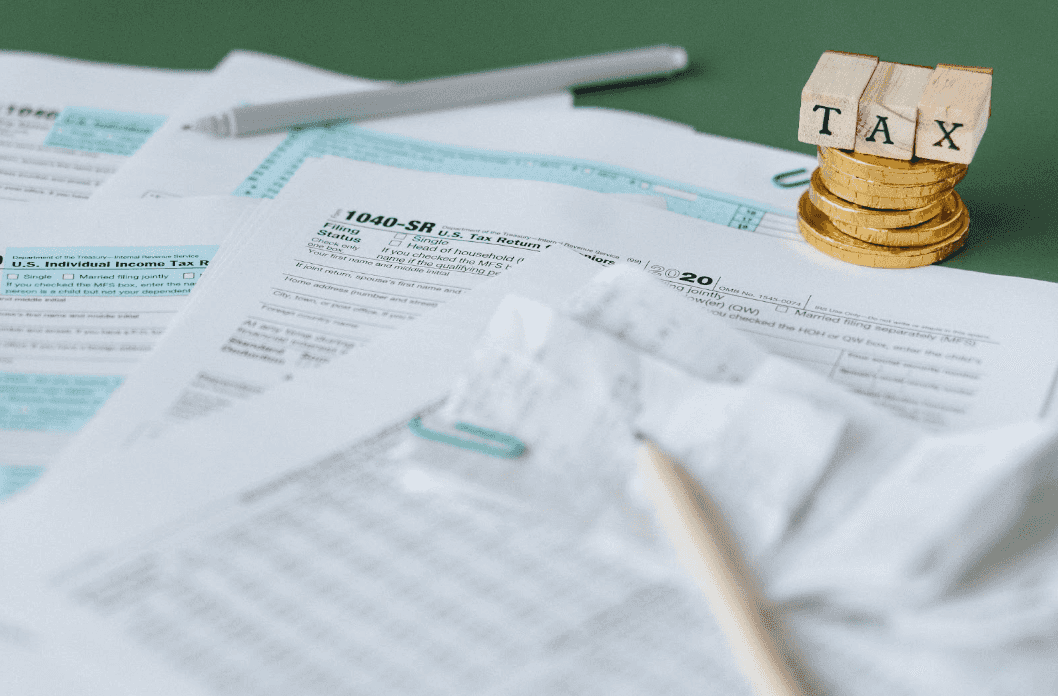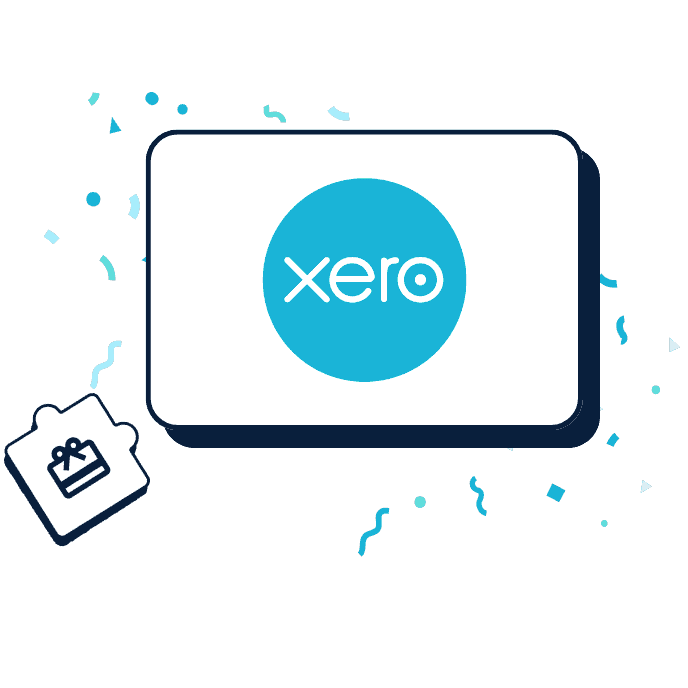Love it or hate it, almost all employed Australians will have to pay tax on their income.
But, it’s always good to know that you can make relevant tax deductions to minimise your taxable income. Especially, when completing your income tax return.
Making sure you are aware of how much you are making and whether or not it is within the tax-free threshold is important to keep you out of any legal trouble.
Further, if you earn below tax-free threshold over the whole financial year, you won’t have to pay tax at all.
In this post, we’ll explain what the tax-free threshold is and how it works.
Paying tax in Australia
Australia operates under a progressive tax system, meaning that people who earn more income pay more tax. The current tax brackets or income tax rates are as follows:
- 0 to $18,200 – tax-free
- $18,201 to $37,000 – 19 cents for every dollar above $18,200
- $37,001 to $90,000 – $3,572 plus 32.5 cents for each dollar over $37,000
- $90,001 to $180,000 – $20,797 plus 37 cents for every dollar over $90,000
- $180,001 and over – $54,097 plus 45 cents for every dollar over $180,000
What is the tax-free threshold?
The tax-free threshold is a set amount of income on which tax does not apply. Currently, this threshold sits at $18,200. This means that the first $18,200 of your total yearly income is not subject to income tax. If you make $18,200 or under, you will receive a full tax refund for any tax you pay when you lodge your annual tax return.
Even if you make above this amount, claiming the threshold reduces the amount of tax that is withheld from you throughout the year. If you do not claim this amount, it will be refunded in your annual tax return.
Non-Australian residents are not able to access the threshold and must pay tax on everything they earn in Australia.
If you’re unsure whether you are eligible to claim the tax-free threshold, you should talk to a tax lawyer to check the appropriate tax payable.
Who can claim the tax free threshold in Australia?
Quite simply, any Australian resident can claim the tax-free threshold.
So, if you’re an Australian resident for tax purposes you can claim the tax-free threshold on your first $18,200 each income year. Any amount above the tax-free threshold will be subject to the income tax rates outlined above. The more you make the higher rate of tax you need to pay.
How to claim the tax-free threshold
Whenever you start employment at a new job your employer (payer) will give you a Tax File Number Declaration Form (NAT 3092) for you to complete. Your employer, as a provider, will usually accompany this tax form with an employment contract which will include any fringe benefits you may receive from the position.
Question 8 of the Tax File Number Declaration asks ‘Do you want to claim the tax-free threshold from this payer?’ to which you place an ‘X’ in the Yes box. After this have 28 days to submit your Tax File Number Declaration with your tax file number to your payer in order to claim an exemption.
If your income falls below the tax-free threshold and you are under 18 years old, you can also be exempt from paying tax.
In your role, you should always look to see if pay as you go (PAYG) tax payments apply to you. PAYG is a withholding of taxes on income payments to employees. Amounts withheld are treated as advance payments of income tax due. They are refundable to the extent they exceed tax as determined on tax returns. Essentially, it is a different way to asses tax debt.
Every working Australian is allocated a Tax File Number (TFN) from the Australian Taxation Office, and this stays with you for your whole life. This ensures your tax liability and helps keep track of your personal income.
Should you apply for payments or a government allowance from Centrelink, you will also have to complete a tax file number declaration as government agencies are also classified as a payer by the ATO.
You can easily keep track of all of this through the MyGov website, where you can also keep track of your Medicare payments (health insurance) or your Medicare levy. On the MyGov website you can also claim your tax return online.
What is the low income tax offset?
The low income tax offset can only reduce your tax payable, it is not a bonus payment. The amount of available offset depends on your individual circumstances so it is always a good idea to consult a tax agent if you are unsure about your tax payable.
If your taxable income is:
- $37,500 or less, you will get the maximum offset of $700
- between $37,501 and $45,000, you will get $700 minus 5 cents for every $1 above $37,500
- between $45,001 and $66,667, you will get $325 minus 1.5 cents for every $1 above $45,000.
If your taxable income is $18,200 or below the tax-free threshold and you:
- have not paid any tax, an offset can’t reduce the tax you pay – your tax payable amount is already zero
- have paid any tax on this income, you will generally receive all of this tax back as a refund – your tax payable amount is zero so, no offset applies.
Is it compulsory to claim the tax-free threshold?
If you have more than one employer, you can opt out of claiming the tax-free threshold. As per the Australian Taxation Office the threshold is generally claimed on the job which generates you the most income. This means that in the course of the financial year, you will pay less tax.
Your secondary employer is then required to withhold tax at the higher ‘no tax-free threshold’ rate.
If however, your total income will be less than $18,200, you may then claim the tax-free threshold from each employer.
Example
George works part-time at a cafe called ‘The Local’. He only works 2 days a week, each being for a 6-hour shift. George also works part time at a bar named ‘G’s’. He works 5 nights a week doing 7 hour shifts. George should claim the tax-free threshold for his employment at ‘G’s’ as this is where the majority of his income is generated. Further, not claiming the tax-free threshold from ‘The Local’ means he will pay less tax in the long run.
What if you are a resident for part of the year?
If you are a resident taxpayer in Australia for only part of the year, the tax-free threshold that applies to you may vary. The minimum amount that will apply is $13,464, with the remaining amount dependant on the duration of your residence and the number of months in Australia. You can find a detailed breakdown of this calculation on the ATO’s website.
Frequently Asked Questions (FAQs)
How much can you earn without paying tax in Australia?
You can earn up to $18,200 each year without paying tax on that amount. Any earnings above $18,200 are subject to the relevant tax brackets.
What is the tax free threshold for 2022
As per the Australian Taxation Office the tax-free threshold $18,200.
How much do I need to earn before I start paying tax?
You need to be earning more than $18,200.
How much is the tax free threshold for a single person in Australia?
As an Australian resident for tax purposes, you pay no tax on the first $18,200 of your income each year.
What do you get when you earn less than the tax free threshold?
If you are earning less than $18,200 or the tax free threshold, you will not pay tax on that income.
Key Takeaways
From this post, it should be pretty clear that $18,200 is the answer to the question of: what is the tax-free threshold?
If you are earning under this amount in a year you will be able to keep all of your earnings. Moreover, as you begin to earn more than the tax-free threshold your earnings will be subject to the relevant tax brackets.
It’s always good to consider tax along with superannuation and your super funds so you can better financially plan for your future.
Knowing what you do and don’t need to pay on your next tax bill can help you keep track of your money and make sure you’re paying enough tax at the end of the financial year.
But if you are ever unsure it would be best to seek advice from a knowledgeable tax agent.







